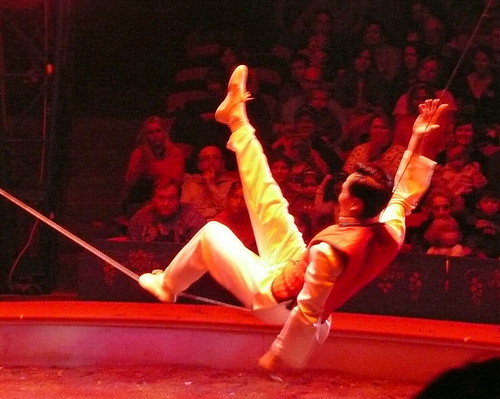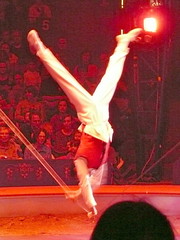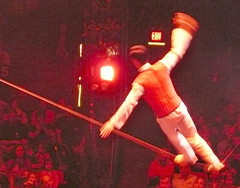I recently started reading David Whyte’s The Three Marriages: Reimagining Work, Self and Relationship. The question of how to make a living is one that perpetually fascinates me, especially given the amount of time and energy I devote to my day job, so Whyte’s book is giving me lots of food for thought.
The Three Marriages is one of those books that invites you to re-think things you’ve long assumed you understood. I would have never thought to see work as a kind of marriage: a long-term practice, that is, that couples a public commitment with a private passion. But when I think about the 20-plus years I’ve been teaching college-level writing and literature classes, the marriage metaphor makes a lot of sense. Some days I love my work, and other days my job feels like a poor match for me…but somehow I keep coming back to it, trying to make it work regardless of how “stuck” or “stuck with it” I sometimes feel.
Whyte argues the idea of work/life balance is too simplistic, and I think he’s right on that point: balance isn’t something many of us achieve in life, at least for long. Instead, our lives are messy, chaotic, and ever in flux. If you’ve ever been to the circus, you know the best balancing acts are perpetually in motion, not still. When you look for balance, you spend a lot of time keeping score, trying to make sure you’re giving equal time, energy, and attention to things you’ve set at cross purposes. On the one hand, you have this; on the other hand, you have that; and your attention constantly swivels between the two like a spectator at a tennis match: this, that, this, that, this, that.
Whyte rightly suggests our lives aren’t so tidily predictable: the more we try to muscle our way to balance, the more awkward and unsteady we become, overcompensating at every turn. When we see our relationship with others, our relationship with work, and our relationship with self as being three concurrent marriages, we can acknowledge the wisdom in not keeping score. Moment by moment, tend to the relationship that needs attention at that moment, heeding your vows to all three. There’s no need to be two or even three places at once: just be fully present Here and Now, and do whatever needs doing.
When you don’t see your three marriages as being on opposite sides of a seesaw or tug-of-war, you eliminate the competition inherent in those metaphors. Instead, your relationships with others, work, and self comprise a three-spoked wheel that settles into its own cycle. Instead of trying to strike and hold a balance, you learn to roll with it, recognizing the ways that any marriage moves through its own moods.
The photos in today’s post come from a balancing act J and I saw at the Big Apple Circus back in 2008. I’d never seen a slack-rope walker before, so I was amazed at how wildly both the walker and the line swung from side to side. This realization that balance is achieved through motion rather than stillness inspired the answer I later gave here to a question about being grounded in one’s Zen practice.





Apr 11, 2015 at 2:53 pm
One of the best posts I’ve read recently. Lots of food for thought. It also got me interested in work you mention. Thank you!
LikeLike
Apr 11, 2015 at 4:33 pm
A thoughtful post. Maybe good to remember:
1) we can’ expect to give attention equally to each aspect of our lives every day.
2) but every aspect of our lives merits attention: self, work, marriage, children
3) and we may need to re-calibrate our focus if one area looms too large for too long (as we adjust thermostat). Sue
Womenlivinglifeafter50.com
LikeLike
Apr 11, 2015 at 4:36 pm
Don’t you just love it when you can use some of your personal pictures for the blog? Good for you for incorporating the shots and reassessing shots in your marriage.
LikeLike
Apr 12, 2015 at 12:11 pm
That’s an interesting idea — that work and life aren’t dueling opposites. It’s funny how we reduce so much to a duality, isn’t it?
LikeLike
May 13, 2015 at 12:34 am
very cool
https://etempodepauta.wordpress.com/
LikeLike